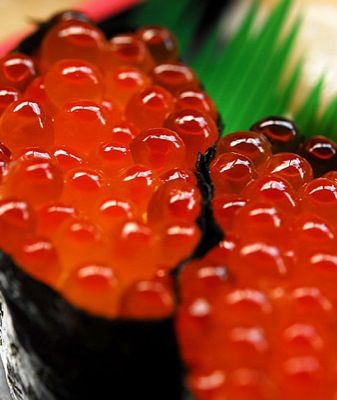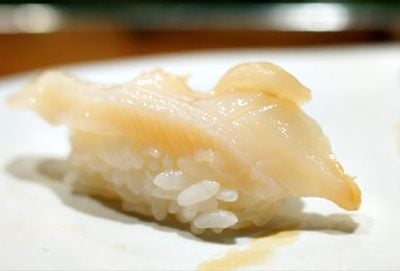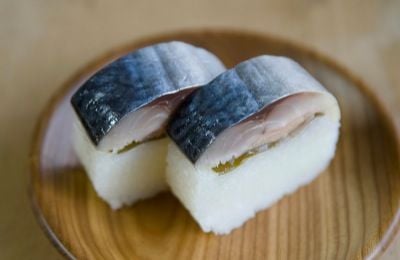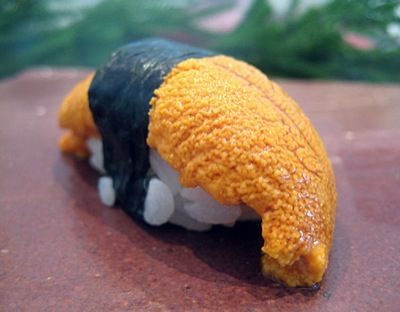We take an excerpt from our Hong Kong and Macau's Best Restaurants 2012 to address the issue of eating sushi sensibly and sustainably
Last year, in the Hong Kong and Macau's Best Restaurants Guide 2011, we introduced the Responsible Seafood Guide in an effort to combine a love of fine dining with a responsible attitude towards our environment, and more importantly, our oceans with their fast-depleting fish stocks. The seafood guide was a success, and we were delighted to be informed that one of the restaurants in our Best Restaurants Guide had even photocopied it and put it up in their kitchen, as a reminder of which fish to serve.
This year, we decided to focus on one of Hong Kong’s most popular cuisines: sushi. Hong Kong is one of the major importers of Japanese produce and sushi restaurants, whether they are high-end hotel restaurants or cheaper sushi chains, dot our city.
And while we have been vocal about our distaste for endangered species such as the bluefin tuna and sharks, even asking our restaurants in this year’s guide to refrain from listing them as a signature dish and banning our reviewers from ordering them while writing a review on our behalf, there are lot of other fish in the sea whose sustainability is less black and white.

To make it easier for diners who would like to do their own small part in preserving our oceans, this year, our Sushi Guide lists out the most common fish ordered at Japanese restaurants, along with their English and Japanese names, as well as the reasons why we should or should not be ordering these dishes.
A lot of fish served at sushi restaurants in Hong Kong are from Japan but Japan is one of the most opaque countries in terms of revealing their fish populations and stocks. Also, thanks to the devastating earthquake, tsunami and nuclear scare in March 2011, many restaurants in Hong Kong have started sourcing their fish from elsewhere. Therefore, in our sushi guide, we have given indications where possible of the status of the fish species in Japan, as well as other countries it is likely the fish is imported from. While there are restaurants such as Kaetsu at the Grand Hyatt (whose sushi platter is pictured above) which commendably list where their seafood is sourced from, any quality restaurant should be able to tell you the provenance of their fish, so do the oceans a favour and don’t be afraid to ask.




